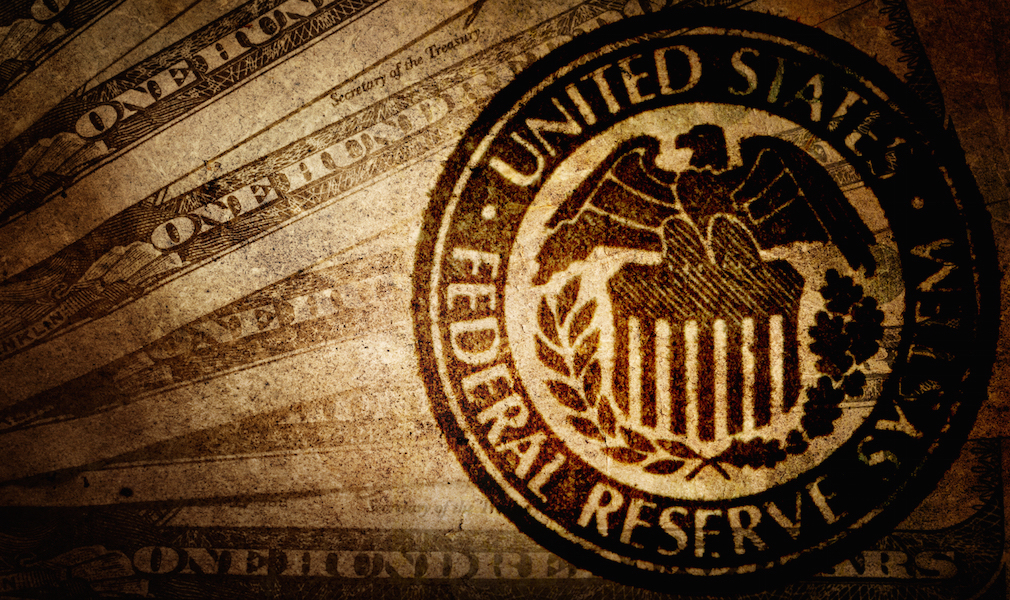The Federal Reserve released its minutes Wednesday for its July 31 to August 1 meeting, where it unanimously voted to keep the federal funds target the same at 1.75% to 2%.
So far, the Fed has raised rates twice in 2018 – the first time in March, and then again in June.
The Federal Open Markets Committee gave a positive view of the economy when it announced its decision not to raise rates, and now, minutes from the meeting all but solidify the chances of a rate hike at the September meeting this year, making it the third rate hike in 2018.
The minutes explained that many participants suggested it would likely soon be appropriate to take another step in removing policy accommodation. The Fed explained further gradual increases would be required, and supported the pace of a rate hike of 25 basis points per quarter.
However, there was one dark cloud that hung above the positive outlook at the meeting – trade uncertainty.
“Trade uncertainty was seen as a downside risk, but officials are unsure, given the potential dip in output and rise in inflation from tariffs, what the appropriate monetary policy response would be to a major escalation in trade disputes,” Capital Economics Chief Economist Paul Ashworth said. “Officials also discussed the flattening yield curve, with some worrying an inversion would signal a coming recession while others were willing to play down its significance because of lower term premiums.”
At the Fed’s June meeting when the FOMC elected to raise rates for the second time this year, the minutes revealed the Fed was not concerned by the rising threat of a trade war or other economic disruptions.
Now, that seems to have shifted slightly as policy makers discuss how to deal with the growing global economic threats.
These threats continue to escalate as, Thursday, $16 billion in tariffs on Chinese imports took effect, and China retaliated with its own tariffs on the same amount of American goods.
From the minutes:
All participants pointed to ongoing trade disagreements and proposed trade measures as an important source of uncertainty and risks. Participants observed that if a largescale and prolonged dispute over trade policies developed, there would likely be adverse effects on business sentiment, investment spending, and employment. Moreover, wide-ranging tariff increases would also reduce the purchasing power of U.S. households.
Most economic signs point to an economic slowdown coming in 2020, with some even saying there will be a recession. Several mortgage lenders are said to be preparing for a more favorable refinance market the same year and a note from Capital Economics backs up that strategy, saying the Fed will likely cut interest rates in 2020.
And in fact, the Fed itself acknowledged that the federal funds rate is reaching a neutral level, and agreed that the statement’s language that “the stance of monetary policy remains accommodative” would, at some point fairly soon, no longer be appropriate.







